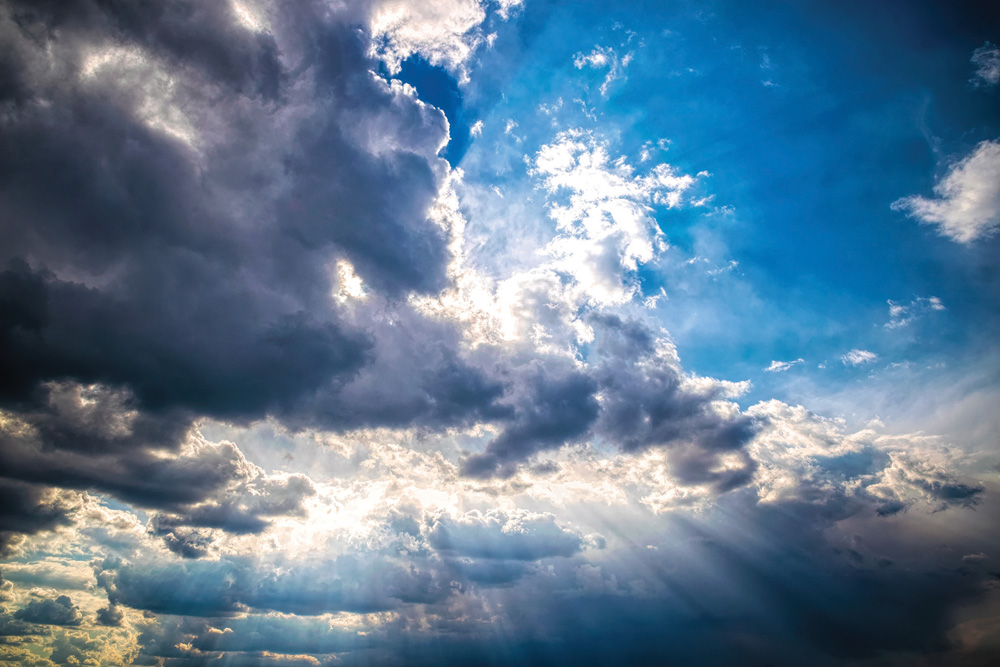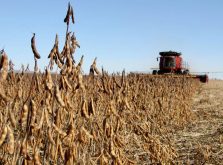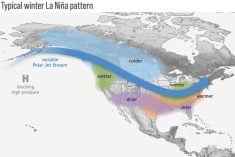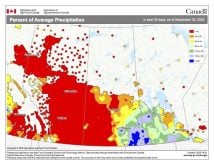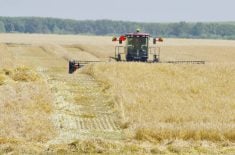Nearly every year around this time I like to take the time to explore the topic of thunderstorms — and in particular, severe thunderstorms. I also like to look back at previous years to see what other topics I have covered. Looking back at last year at this time, we were discussing the ongoing drought. Here is a little piece of that article:
Looking back at the monthly and yearly precipitation data for Winnipeg, Brandon and Dauphin, you must go back to 2017 to find a year that had near- or above-average precipitation. In fact, if you were to look at the last 36 months over our three different stations, for a total of 108 months’ worth of data, you would find only 10 months reported above-average precipitation. The rest were either near or below average.
Since I wrote that, we have now seen 14 additional months of above-average precipitation. Hard to say exactly when each region officially came out of the drought, but for most regions the drought is just a memory. Personally — and this may only be for my region, just northeast of Winnipeg — I was amazed at how quickly the standing water disappeared from my property. In a period of two weeks I went from the highest levels of water I have seen in over 20 years to only a couple of small puddles. While a good portion ran off, much was absorbed into the ground — which, considering the length of the drought, is probably a good thing.
OK, now on to severe summer weather and thunderstorms! Like I said, I usually write about this topic every year, mainly because it is just so darned interesting. Over the last couple of years we did not see much in the way of thunderstorm activity across southern and central Manitoba, but this year I have a sneaky feeling that we will have a much more active late spring and summer.
Read Also

October rain recharges Manitoba soils
Daniel Bezte looks back on October weather on the Prairies and looks ahead to see whether there’s any consensus for this winter’s weather.
To begin our look at thunderstorms, we’ll review the ingredients needed for severe thunderstorms to occur. First, we need rising air, and to get that we need heat — or more specifically, a large difference in temperature between two areas. There are a couple of ways this can be achieved. One way with which most people are familiar is to have a very hot day. But just having a very hot day does not mean that there is a large difference in temperature. To get thunderstorms on a hot day you need to have cool air aloft (up above the ground).
When this occurs, the hot air at the surface begins to rise and encounters cool air as it continues to rise. This means our rising air will remain warmer than the air around it and will continue to rise. The cooler the air around it, the faster it goes up; the faster it goes up, the stronger the storm (typically).
Now, sometimes we can get severe thunderstorms when we don’t have particularly warm air at the surface. Two different scenarios can play out when this happens that can still lead to severe thunderstorms. The first scenario would be that there is very warm air a few thousand feet up from the ground. This warm air then has cold air above it, and just like the hot day on the ground, this warm air in the upper atmosphere can rise, giving us elevated thunderstorms.
The second scenario is when there is a strong contrast of warm and cool air at the surface — or, in other words, we have some type of front cutting through an area. On one side of the front, it is cool and on the other side it is warm. The cold air acts like a wedge and forces the warm air up. Sometimes this occurs when a cold front is moving into an area, so the day starts off warm and then the cold air pushes in, lifting the warm air up in front of it, giving us thunderstorms. The other way is when warm air is moving into a region. The day starts off cool and then storms develop as the warm air rises over the cool air as it moves into the region.
Now, simply having a big difference in temperatures will not give us a thunderstorm, or at least, will not give us a severe thunderstorm. There are still a couple more ingredients needed.
Potential energy
The next key ingredient is water vapour, or humidity. It takes energy to evaporate water, so the more water vapour there is in the air the more potential energy there is. To get at this energy the water vapour needs to be changed back into a liquid form — it needs to condense. As our warm air rises, it cools, and as it cools, water vapour will begin to condense. When it condenses, it releases the energy it absorbed when it evaporated. This energy is released in the form of heat.
Our rising air is cooling as it rises, but not as fast as the air around it, so it continues to rise. Then condensation starts taking place, which releases heat into the air. This makes our rising air even warmer than the air around it, so it rises even faster. Now it is starting to sound like we have everything in place for a severe storm… but not quite.
If air is continually rising, eventually the amount of air accumulating at the top of the storm will become so great that it just has to fall back down again, wiping out the storm in the process. To get around this problem we need some kind of vent at the top of the storm that takes away all the rising air that is accumulating there. We need a strong jet stream of air over top of the storm, which will help to “suck” away the accumulating air.
There — we now have the key ingredients for a severe storm, but like any good chef, Mother Nature has additional ingredients she can use to make some storms truly awesome. We will look at those and the gentle garden-variety thunderstorm in the next couple of issues.


